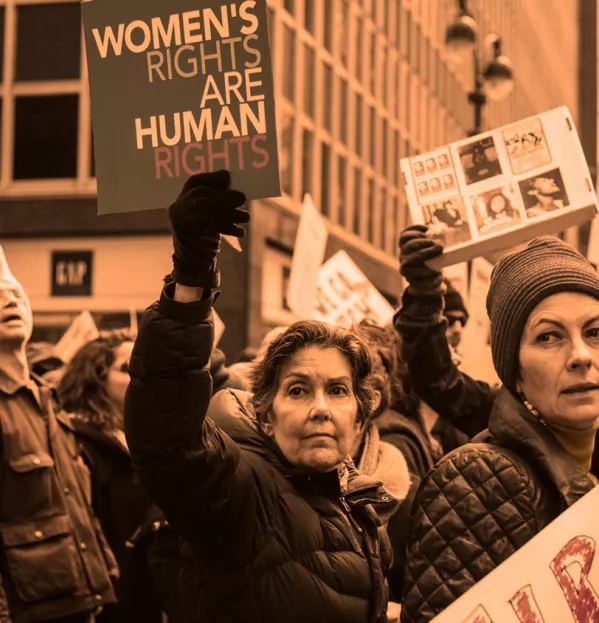FE pay gap is 24% higher than the national average

The further education sector is not immune to the wider societal problem of unequal pay between men and women - but its median gender pay gap is much worse than the national average.
A Tes analysis of new gender pay data, submitted to the government by more than 3,500 employers, reveals that the average median gender pay gap across the 120 FE and sixth-form colleges that have provided information is 14.4 per cent - significantly above the 11.6 per cent average across the board.
The picture is reversed when the mean average is used to calculate the gender pay gap, with FE performing better than the national average of 13.3 per cent, at 9.3 per cent. However, the median figure is considered to be a better indicator of average earnings, which is why the Office for National Statistics gives it prominence in its data - the median is the halfway point along a range and is less likely to be distorted by a small number of people being paid significantly more than other employees.
Full disclosure
Thousands of organisations across England are reporting their gender pay data to the government for the first time this year. New equality legislation, brought in last year, requires employers with at least 250 staff to disclose the information on an annual basis, with next Wednesday the deadline for providing data from the past year.
Many of the colleges with large pay gaps blame them on a disproportionate number of women in lower-paid jobs - in some cases exacerbated by keeping poorly paid roles such as cleaning and catering in-house, rather than outsourcing them.
Among those institutions that had submitted data prior to Tes going to press, several colleges - including the College of Haringey, Enfield and North East London, and Wirral Metropolitan College - had no pay gap.
Hackney Community College reported a gender pay gap of -2.6 per cent, meaning that female staff earn slightly more per hour on average.

As Gerry McDonald, group principal and chief executive of New City College Group, which includes Hackney Community College, explains: “The college has supported underrepresented groups to reach management roles through training and development, and this has paid off.”
Suzanne Duncan, principal of East Durham College, which has a gap of just 0.3 per cent, says: “We work hard to promote equality of opportunity, and understand the importance of recognising all staff equally.”
Her college “strives to work toward a flexible workforce and a culture where all staff members have access to well-designed job roles, career progression, and opportunities for learning and development”, she adds.
But the majority of FE colleges have median gender pay gaps that are wider than the national average. The worst on this measure are Greenhead College and Hartlepool College of FE, which have median gender pay gaps of 40.2 and 40.4 per cent respectively.
Sally Hunt, general secretary of the University and College Union, says: “Such huge gender pay gaps reveal the problems of inequality in the FE sector and how much colleges have to do to tackle the problem.”
‘Flexible approach’ needed
FE colleges also fare worse than the national average in terms of the proportion of women in the lowest-paid jobs. Females account for 72.1 per cent of FE staff in the bottom quartile of earnings, compared with the overall average of 54.9 per cent.
A statement from Greenhead College says: “Reducing our gender pay gap is reliant on increasing the representation of male staff in lower-paid roles.”
It adds: “We do not believe female representation in management roles to be a pressing area of development for the college.”
Having a gap of 40.4 per cent “appears alarming”, admits Hartlepool College assistant principal Karen Dales. But she adds: “Unlike most other colleges, we do not outsource any of our services, such as catering and cleaning. These are lower-paid jobs, which are predominantly filled by females.
“We have no gender pay gap within each level and scale across the organisation.”
A flexible approach to addressing the issue is required, in particular when dealing with vacancies that are difficult to fill, “as opposed to it being driven by gender”, according to Jo Maher, principal of Boston College, where the gap is 16.6 per cent.
Survey data collected by the Association of Colleges suggests that 60 per cent of the college workforce are women, but only 43 per cent of principals and chief executives are female, according to Mary Vine-Morris, the organisation’s national employment lead. On the wider issue of gender pay, she says: “The point for everyone will be to understand the causes and, where possible, to tackle them.”
You need a Tes subscription to read this article
Subscribe now to read this article and get other subscriber-only content:
- Unlimited access to all Tes magazine content
- Exclusive subscriber-only stories
- Award-winning email newsletters
Already a subscriber? Log in
You need a subscription to read this article
Subscribe now to read this article and get other subscriber-only content, including:
- Unlimited access to all Tes magazine content
- Exclusive subscriber-only stories
- Award-winning email newsletters